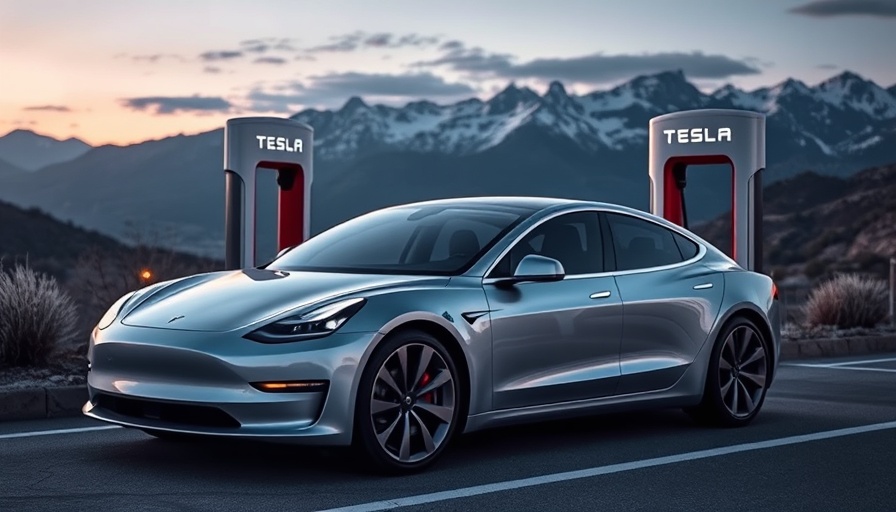
Luxury Automakers Turn to Tesla: A Shift in EV Charging Accessibility
Recent news reveals a significant development in the electric vehicle (EV) market as several luxury brands are poised to gain access to Tesla’s extensive Supercharger network, a vital resource for EV owners. Brands such as BMW, Genesis, Lucid, and Jaguar Land Rover (JLR) have been added to Tesla's “coming soon” list, marking a pivotal moment in the adoption of electric vehicles beyond the Tesla brand itself.
The Race for Universal Charging Standards
The eventual accessibility to Tesla’s Superchargers is part of a broader movement toward standardizing EV charging across various manufacturers. In 2023, the shift began with Ford adopting the North American Charging Standard (NACS), and in subsequent months, leading automakers like General Motors, Nissan, and Volvo joined the initiative. This collaborative effort, bolstered by backing from the Biden administration, aims to establish a single fast-charging protocol that will streamline EV ownership for consumers and help mitigate range anxiety - a common concern among potential EV buyers.
The Benefits of Tesla's Charging Network
For dealerships, understanding the implications of this shift is crucial. Tesla's Supercharger stations are recognized for their efficiency and widespread availability. Access to this network will enhance the value proposition for luxury brands as they compete in the growing market for EVs. Notably, the move potentially increases foot traffic and service opportunities for dealerships as more individuals purchase non-Tesla vehicles while benefitting from Tesla's charging infrastructure.
Anticipating Future Developments in Charging Infrastructure
The commitment of brands like Hyundai, which is already integrating NACS ports into new models like the 2025 Ioniq 5, reflects an exciting trend towards enhanced electric mobility. Other brands are also following suit, with Mercedes-Benz announcing plans for Supercharger access, albeit with specific dealership requirements for software updates and adapters. This evolution promises a future where consumers have more freedom in choosing their EV brand, and manufacturers will have to adapt quickly to implement supportive infrastructure.
The Path Ahead: What This Means for Dealerships
As more brands gain access to Tesla’s Supercharger network, dealerships must prepare for the changes that accompany this transition. This includes educating staff about the new standards and ensuring they can assist consumers who may now have questions about charging compatibility and options. Embracing this change can put dealerships in a better position to serve an expanding customer base that increasingly prioritizes electric vehicles.
Conclusion: Navigating the Electric Vehicle Future
The burgeoning accessibility of Tesla's Supercharger network to several luxury automakers marks a significant shift in the electric vehicle landscape. This trend not only emphasizes the importance of standardized charging solutions but also prepares dealerships to face an evolving market. By staying proactive and informed, dealerships can leverage this advancement to enhance customer satisfaction and position themselves as forward-thinking leaders in the automotive industry.
 Add Row
Add Row  Add
Add 




Write A Comment